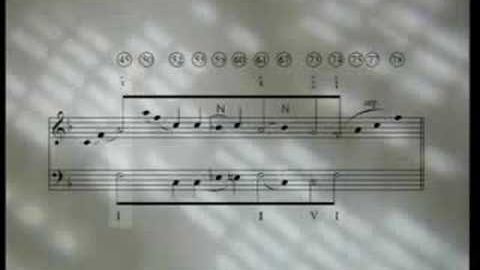ベートーヴェンの交響曲第8番:ボイスリーディング分析-音楽を分析する (8/8) (Beethoven's eighth symphony: voice-leading analysis - Analysing music (8/8))
songwen8778 が 2021 年 01 月 14 日 に投稿  この条件に一致する単語はありません
この条件に一致する単語はありませんUS /ˈkruʃəl/
・
UK /'kru:ʃl/
US /ˈstrʌk.tʃɚ/
・
UK /ˈstrʌk.tʃə/
- n. (c./u.)構造;建物
- v.t.組み立てる;組織する
- n. (c./u.)開始時刻 : 開始場所 : 開始;開始場所:開始時刻;始まり;はっとすること
- v.t./i.始める : 始まる
- v.t.(機器などを)起動する
- n. (c./u.)アパート;平ら;フラット;フラットシューズ
- v.t./i.アパートに同居する;不発に終わる
- adv.はっきりした;平に
- adj.平らな;活気のない;ぺちゃんこの;炭酸が抜けた;一定の;つや消しの;単調な;平面的
エネルギーを使用
すべての単語を解除
発音・解説・フィルター機能を解除

